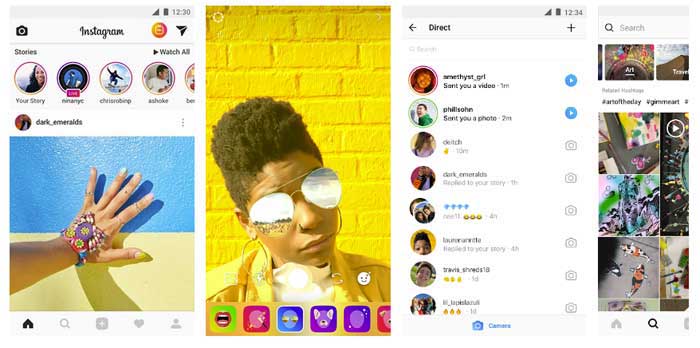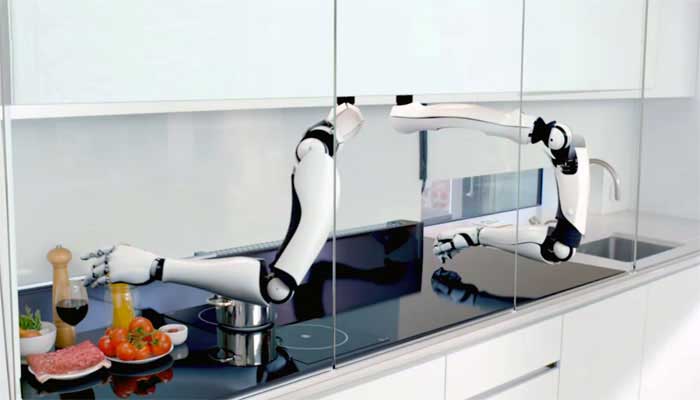Product placement is when a company uses subtlety to promote their product through non traditional advertising. This is usually achieved by paying for their product to be featured in television shows or other forms of media. With the decreasing interest in standard advertisements and the increase in users ability to skip them, product placement and insertion have been becoming more popular. Technically speaking, we are exposed to thousands of advertising messages every single day.
To show just how effective it can be, after featuring in the film E.T, the sale of Reese's Pieces increased by 65%. If we identify with a particular character, we can implicitly prefer a product even if externally we prefer something else as we feel it is a way to interact with that character's life.
Product placement is a very powerful form of advertising because we follow and watch our idols religiously, and if a company can identify a particular fan base as their target market, for them to see somebody they look up to with a particular brand associated with them makes that entire audience want your product. They are emotionally invested in the character or actor, and as a result, product placement is often a lot more effective than traditional advertising. Around 75% of all network shows feature product placement of some sort, accumulating to 71.4% of all paid placements in the media.
Products even have an influence off the screen. If you provide a cell phone for an actor, while it may only appear on the screen for a short moment, they could be seen using it off the set, or in their trailer, and this also influences potential consumers but in a much more subtle way that you may not be able to measure so accurately.
It's not just television and movies - companies also pay popular individuals or influencers on websites such as
to wear their brand or to use their products. Companies either pay the individual to associate with the brand, or they will send them products for free so that they can wear them publicly and in their photos on social media platforms. Website advertising used to cover all of this till advertisers dreamed up the idea of programmatic ads which basically meant the publishers would end up getting lower and lower revenue and profits, forcing many out of business. Now many online advertisers are wondering where the online volume is but they effectively brought down their own industry. Who's left, well the big duopoly of Facebook and Google because they have a closed walled garden community which advertisers can reach. Sure there are still some big publishers left like The New York Times and The Guardian who've gone for subscription revenue models but digital publishing has been pounded badly since 2018.
To convince media firms and people to insert your product into theirs, there are a number of things you can do to help. Firstly, be flexible. If you can adapt your product to fit their needs in colour, shape and size, they're more likely to want to put it in their media. You have to be willing to provide your product instantly as media companies tend to work on tight deadlines, and if you are aiming for a television market, it pays to provide replacements as well. You have to be professional and polite with the people you are working with, and with a bit of luck and enthusiasm, they may well come back for more.
It's a long term investment with most companies seeing an effect between a month and a year after the product has been aired. While the profit to losses ratio is rather persuasive, you have to understand that the benefit is not instant.




